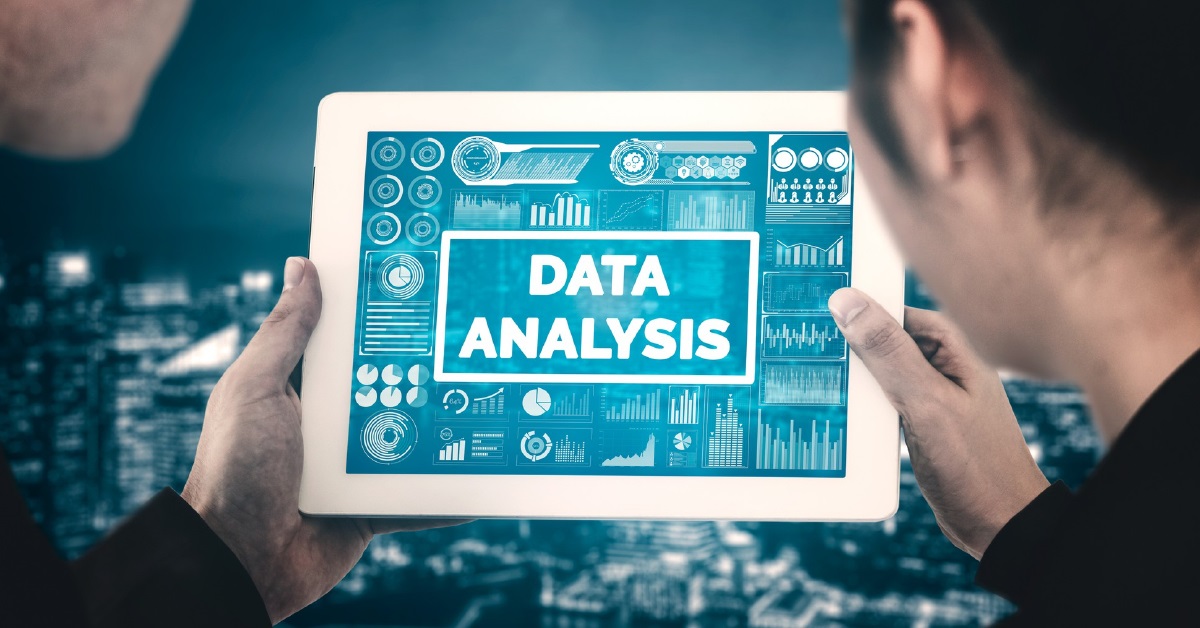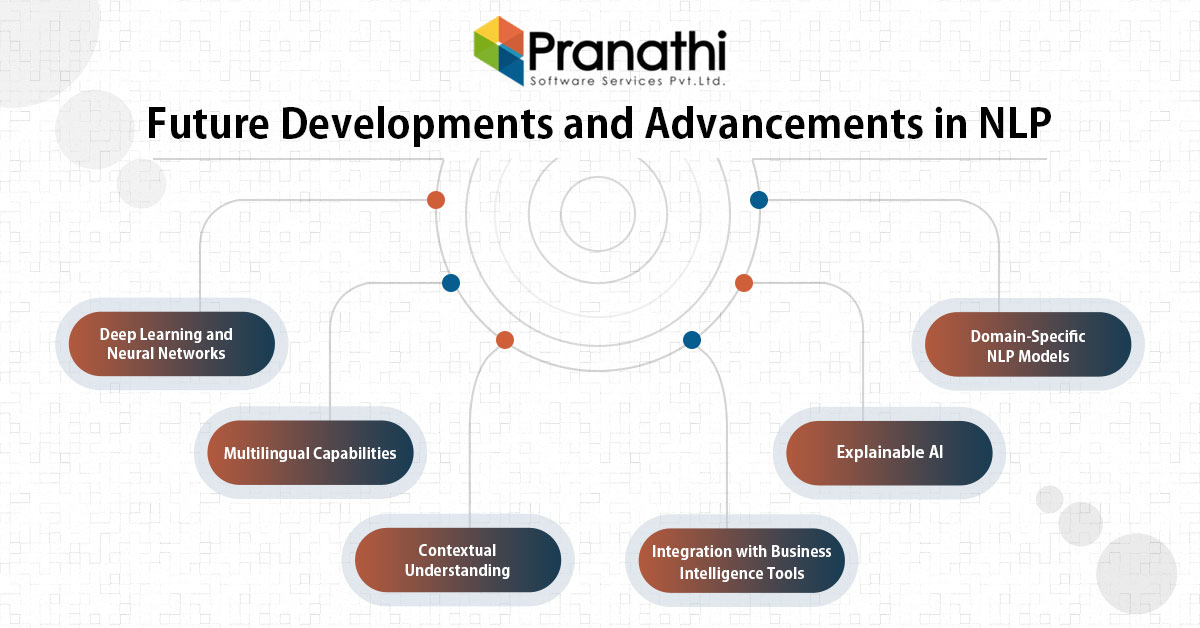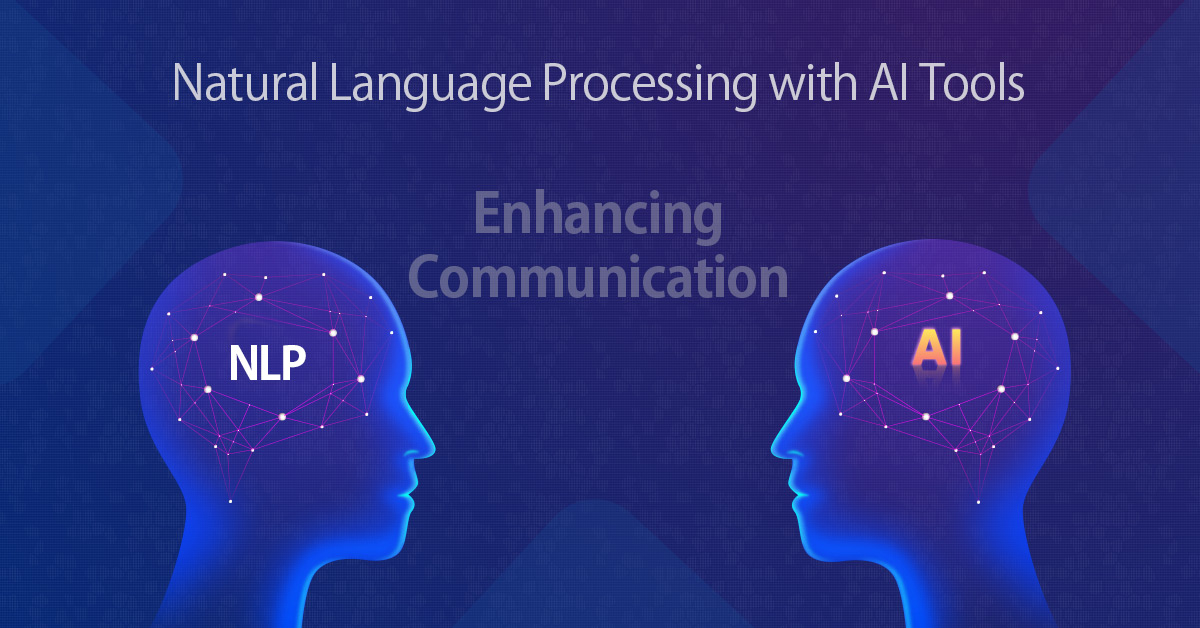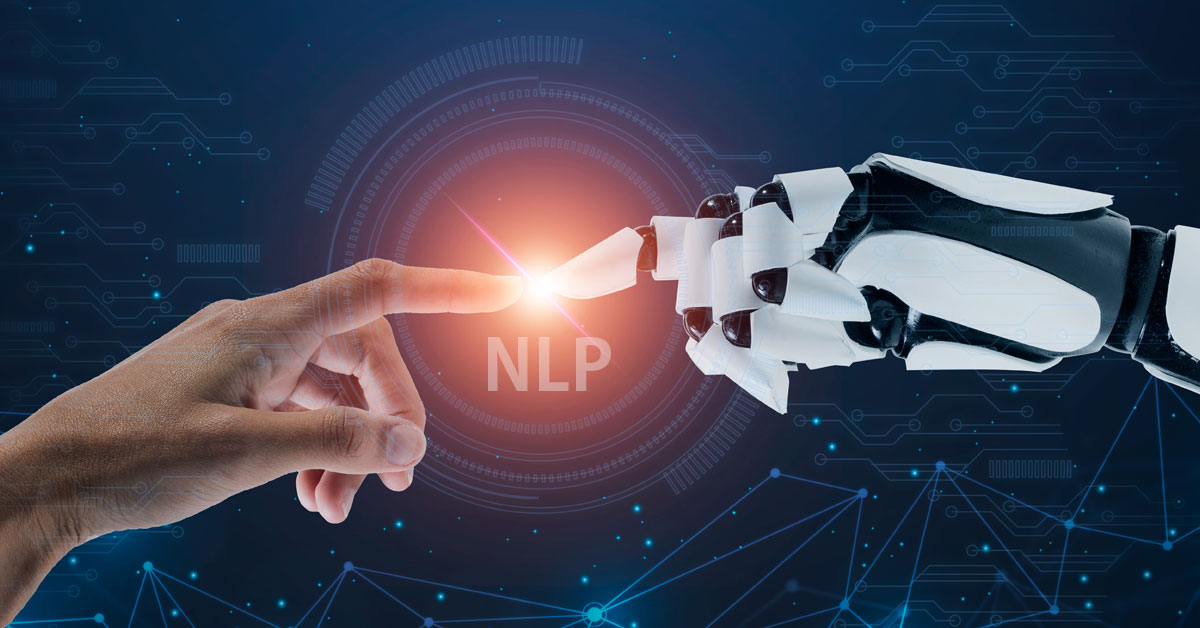From Text to Insight: NLP in Data Analytics

6 min read
An advanced area of data analytics called natural language processing (NLP) helps machines understand human discourse. NLP is transforming how businesses use unstructured text data, from assessing customer feedback to gleaning insightful information from social media posts. We will look into some details regarding Text to Insight: NLP in Data Analytics.
Natural Language Processing (NLP) and its Importance in Data Analytics
AI NLP area studies how computers and human languages interact. With applications in a variety of sectors, including marketing, finance, healthcare, and customer service, it is a quickly expanding area. It is a vital technique in data analytics because it enables robots to understand, analyze, and produce data in human languages.
A vast amount of textual data is produced every second in the current digital era from a variety of sources, including emails, social media platforms, websites, and other online communication channels. If properly examined, this unstructured text data provides insightful information that can give organizations a competitive edge. However, large amounts of unstructured text data defy the capabilities of conventional structured data analysis techniques.
Businesses can extract valuable insights to make educated decisions by applying natural language processing techniques, such as tokenization, semantic analysis, named entity recognition (NER), sentiment analysis, and topic modeling, to huge amounts of unstructured text data.
NLP’s contextual understanding of human language is one of the key factors that contribute to its significance in the data analytics sector. Humans frequently utilize irony or sarcasm to express themselves, in contrast to robots. Which rely on standardized programming languages to process information effectively. As its algorithms have evolved, they are now able to precisely understand these subtleties and provide additional depth to the analysis findings.
Moreover, businesses can leverage NLP data processing to automate repetitive tasks involving the processing of text data, resulting in significant operational efficiencies. For instance, customer support firms can deploy natural language processing for chatbot with these algorithms to address routine client questions, freeing up human agents’ time to work on more complicated problems. By doing this, operational effectiveness is raised in addition to the general customer experience being improved.
How Natural Language Processing is Used in Data Analytics?
Natural Processing Language is transforming data analysis by improving an organization’s ability to use textual data for a range of purposes. Here are a few significant ways that NLP is changing data analysis:
- Text Pre-processing: Pre-processing the raw text input is the initial stage in any NLP-based analysis. It includes operations that help divide the text into manageable sections and eliminate superfluous words, like tokenization, stemming, and stop-word removal. These actions are essential for getting the text ready for additional examination.
- Sentiment Analysis: Sentiment analysis has grown in popularity as an NLP use case in data analytics due to the proliferation of social media platforms and online reviews. To ascertain if a text conveys a favorable or negative opinion on a specific subject or item entails evaluating vast amounts of text. Businesses may gain important information from this regarding the preferences and thoughts of their clientele.
- Topic Modeling: Using topic modeling strategies like Latent Dirichlet Allocation (LDA), NLP algorithms may automatically detect themes or subjects that are present within a sizable corpus of unstructured text documents. It makes it easier for analysts to extract important information from vast volumes of textual data and swiftly determine which topics are being discussed the most.
- Text Classification: The application of natural processing language techniques to text classification tasks enables the automatic classification of text content into pre-established categories. Because it may save a lot of time and effort to label and classify client comments and support issues automatically. This is especially helpful when handling huge volumes of these types of requests.
Types of NLP Techniques and Their Applications in Data Analytics
Each form of natural language processing technique has a specific set of applications in data analytics. We will go over some of the most popular NLP methods in this part, along with some data analytics applications for them.
- Tokenization: Text is divided into smaller pieces (words, phrases) in order to facilitate computer manipulation and standardization. For example, it is employed in the analysis of social media posts and customer evaluations to transform unstructured data into structured information.
- Part-of-Speech Tagging: This technique helps with sentiment analysis, NLP data extraction, and text classification by labeling words according to their grammatical category (noun, verb). For example, it facilitates the evaluation of product sentiment in user reviews.
- Named Entity Recognition: Named Entity Recognition (NER) uses machine learning to identify and classify entities (individuals, groups, and places) in order to extract data. Create knowledge graphs, and retrieve particular information from texts, such as corporation information in news stories.
- Sentiment Analysis: This tool, which is useful for social media monitoring, customer feedback, brand reputation management, and commercial decision-making, analyzes text to ascertain sentiment (positive, negative, or neutral) about a topic or product.
- Topic Modeling: This technique uses machine learning to identify common patterns among text collections and uncovers hidden subjects. It helps in the analysis of vast amounts of unstructured data, such as emails, customer reviews, and news articles, and ultimately yields insights into consumer preferences and market trends.
These methods are essential to data analytics because they help companies understand unstructured text data and derive insightful information for trend analysis and well-informed decision-making. NLP’s uses in data analytics will only grow as sophisticated algorithms enable it to evolve.
Future Developments and Advancements in NLP

One quickly developing discipline that has significantly impacted data analytics is natural language processing. Exciting innovations and advancements for NLP data analytics are anticipated. As the need for more precise and effective methods of evaluating vast volumes of text data grows. Here are a few of the major NLP innovations and advances in the future that will likely influence the data analytics field in this part.
-
Deep Learning and Neural Networks
Utilizing deep learning techniques, especially neural networks, has become increasingly common in natural language processing for data analytics. These techniques have demonstrated a significant deal of promise in text summarization, sentiment analysis, and language translation, among other fields. Neural networks may learn patterns and relationships within language by being trained on vast amounts of text data. It helps the networks understand the context and produce more precise insights.
-
Multilingual Capabilities
There is an increasing demand for these models that can handle many languages at once. Due to the growing internationalization of business and the increased availability of multilingual datasets. Because of this, multilingual natural language processing models have been created that can accurately interpret text in a variety of languages. Being able to obtain insights from a wider range of sources is a major benefit. This technology will provide to companies operating in a variety of marketplaces.
-
Contextual Understanding
When assessing text data, natural language models have historically had difficulty comprehending context. But more recently, developments like B ERT (Bidirectional Encoder Representations from Transformers) have enhanced machines’ capacity to understand language contextually. These models produce more precise and nuanced insights by using self-attention mechanisms to understand the links between words in a phrase.
-
Domain-Specific NLP Models
Domain-specific model development is another upcoming advancement in natural language processing for data analytics. In order to do this! These models are trained using particular datasets pertaining to a given sector or subject, like finance or healthcare. Compared to general-purpose models. These specialized models can offer more precise and focused insights, making them useful tools for businesses with particular needs.
-
Explainable AI
Enhancing the interpretability and transparency of artificial intelligence systems is the goal of the developing discipline of Explainable Artificial Intelligence (XAI). When it comes to NLP for data analytics, this entails creating techniques. It will clarify how an NLP model came to its conclusions or forecasts. It will make it easier for companies and data analysts to comprehend. Believing in the insights produced by these models.
-
Integration with Business Intelligence Tools
These solutions that can easily interface with current business intelligence (BI) platforms are becoming more and more necessary. As firms depend gradually on data-driven decision-making. It will make it possible for companies to use text data in addition to structured data from spreadsheets or databases. Through recognizable BI interfaces, it will also make it possible for non-technical individuals to access and evaluate text data.
The Power of NLP in Unlocking Insights from Text Data
Our method of managing massive amounts of text data has been completely transformed, which includes sentiment analysis and topic modeling. Large volumes of unstructured data may be processed quickly and accurately with NLP, which also eliminates labor-intensive manual operations. Businesses are able to evaluate text data in multiple languages and understand the unique subtleties and context of each through its multilingual capabilities. Sentiment analysis drives improvements in goods and services by assisting businesses in thoroughly evaluating client feedback. By identifying important themes and patterns in huge datasets, topic modeling offers valuable information about consumer perceptions, rival research, and industry trends. The application of processing language in healthcare might help detect possible negative occurrences and track patient satisfaction. It automates tasks in the legal industry, saving time and money.
Conclusion
The use of Natural Language Processing in data analytics can lead from text to insight, and this process is both fascinating and revolutionary. Because it enables businesses in a variety of sectors to access the wealth of information concealed in unstructured text data. Natural language processing has emerged as a critical technology. It gives businesses vital tools to make data-driven decisions and obtain a competitive edge, from sentiment analysis. Which measures customer pleasure, to topic modeling, which identifies patterns and topics.
As the field of NLP continues to evolve, we can look forward to even more advanced techniques and applications. These advancements will improve our capacity to understand and apply textual data for the expansion and prosperity of businesses. It is impossible to overestimate how much NLP will influence data analytics in the future. When it comes to its unquestionable ability to glean insights from text data. It is proof of the continued convergence of technological progress and human creativity. And it has the potential to transform how we interpret and evaluate data completely.
Published: November 16th, 2023





